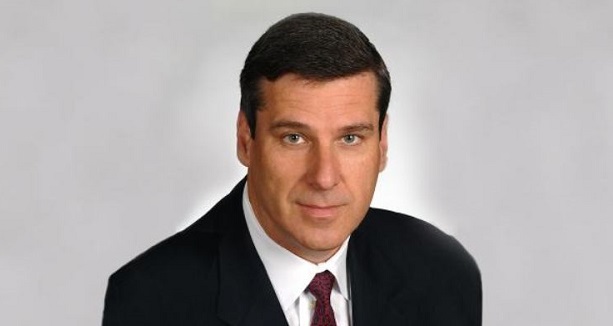 Manulife John Hancock Infrastructure Fund Kevin Adolphe John Anderson Recep Kendircioglu
Manulife John Hancock Infrastructure Fund Kevin Adolphe John Anderson Recep Kendircioglu Investors Target Infrastructure
is reportedly near its first close Preqin blog post Ibrahim Yildiz© Touchpoint Markets, All Rights Reserved. Request academic re-use from www.copyright.com. All other uses, submit a request to [email protected]. For more inforrmation visit Asset & Logo Licensing.







